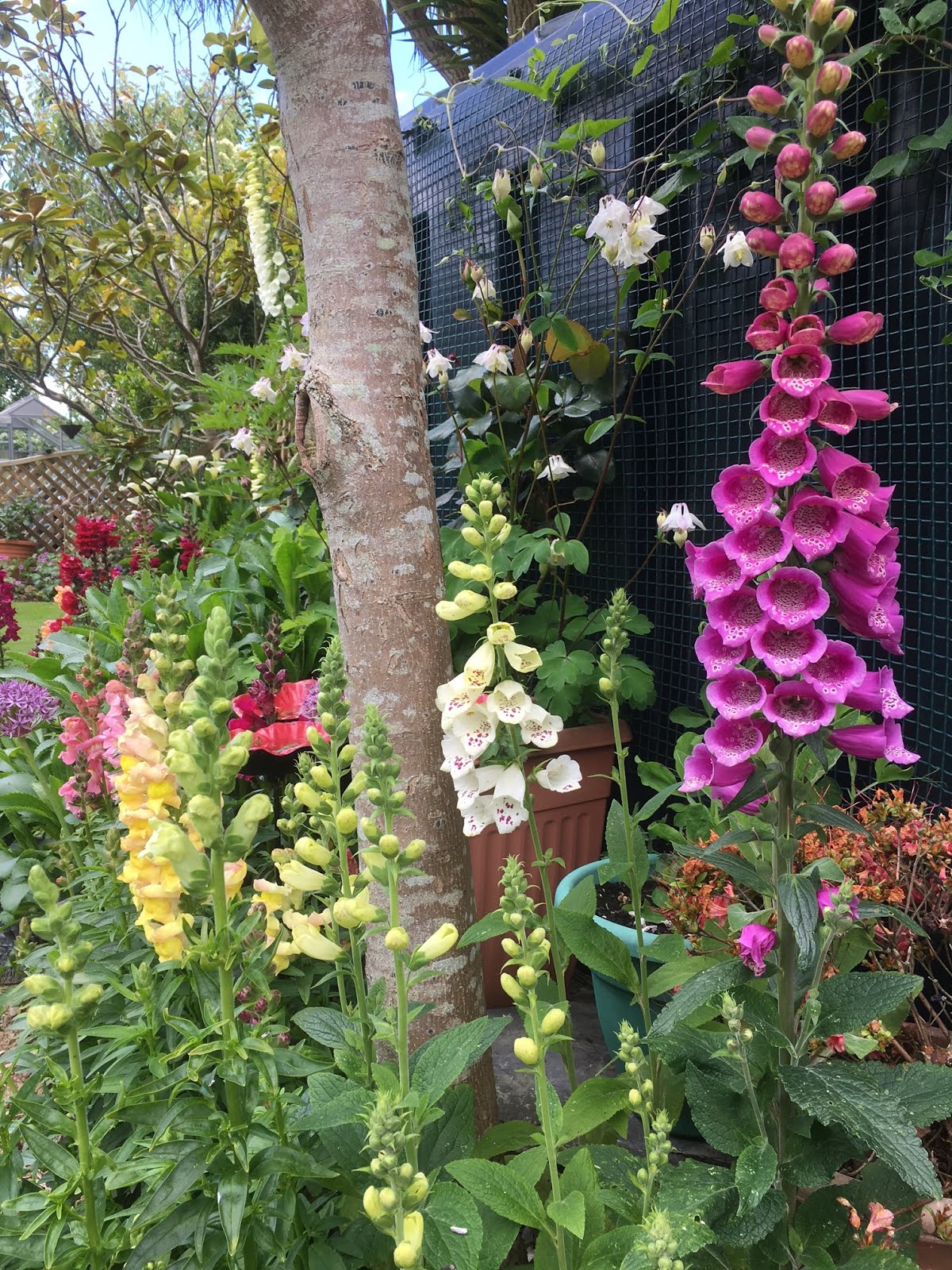Chasing away the January blues.
It is the last day of January and already it's been a tough year for me so far. The first month is always the worst; no money after Christmas, cold, long evenings, the garden assaulted by wind and salt and rain, not much fun on the beach in the biting cold wind. Since the end of autumn, as can be expected, we've had nothing but gales and rain, with just the odd bright day to keep us from total despair. I have always suffered with winter blues, perhaps I should live in a climate that allows you to garden all year round for it is the number one cure for depression. But now January is over; I have made it through the dark times, and can now venture outside to see what is happening.
The bulbs are up, the daffodils just beginning to bloom, but unfortunately a nasty little mouse has eaten all the crocus I planted last autumn. (Note to self: Next year take precautions to protect crocus from vermin.)
Some things are blooming that really have no right to at this time of year. One azalea in particular has bloomed all winter, a lovely bright splash of pink amid the decay. The primula have also bloomed all year, along with sweet william and marigolds. There are even one of two sorry looking roses.
The first job is to rake all the debris away and mulch before the ground dries out. The palm tree makes a particular mess, chucking its strappy leaves all over the garden. They are tough and leathery and take eons to break down so they will be off to compost at the local tip. Then I need to prune the roses, (remembering to be ruthless). Last year, when it was time to prune, some of them were still bearing glossy leaves and I shied away from a hard prune. The result was weak spindly plants in the June. I learned from the experience that it is perfectly ok to prune hard in summer if the plant is suffering. They came back healthy and strong after a late July prune and I had roses blooming well into early winter.
Last year, I ear-marked quite a few things for moving, so I need to do that while plants are mostly dormant.The bed near the shed is one half dense shade, the other half bright sun, and the whole thing needs rethinking. On the sunny side there is a lovely Stipa Gigantica that I don't want to disturb and some irises which are doing well. I plan on leaving that side alone, sectioning the bed with a stepping stone path (which will also allow easier access for weeding) and replanting the shady area with lots of lovely ferns and other things that will thrive in moist shade.
Another bed closer to the house, is in the sun all day but made up of very poor free draining soil. Last year, I tried to improve the soil by adding compost to improve water retention but it wasn't very successful. The area gets battered by salt winds and the perrenials suffer too much so I might junglefie it with some tough plants that will take anything, and require less maintenance. There is already a thriving phormiium, some acanthas and a fatsia so I will add to that feel, maybe adding red hot pokers and the like for a pop of colour.
By far the most successful bed was the one that surrounds and conceals the oil tank. It is in full sun and last year was a riot of antirhinums and foxgloves, marigolds and daisies with a beautiful clematis screening the tank. Since it did so well, I plan on extending it, so I can make more of it.
Then of course, there are all the pots to sort out, repot, refresh, plant out, or just tidy up. That should all keep me busy for a week or two. I feel much better just talking about it!
Now that January is over and done I can wish you all a belated Happy New Year! The Gardening begins ...









Lucky you being able to get out in the garden. Snow all day here. But like you once I can get out there I shall be more ruthless with the roses and clemetis, but how hard can I be living up here on the Peninnes?
ReplyDeleteRoses are very tough. As long as you do it during the dormant months you should be fine. Prune spindly shoots hard, go lighter with the thicker ones and cut out all dead wood.
ReplyDelete